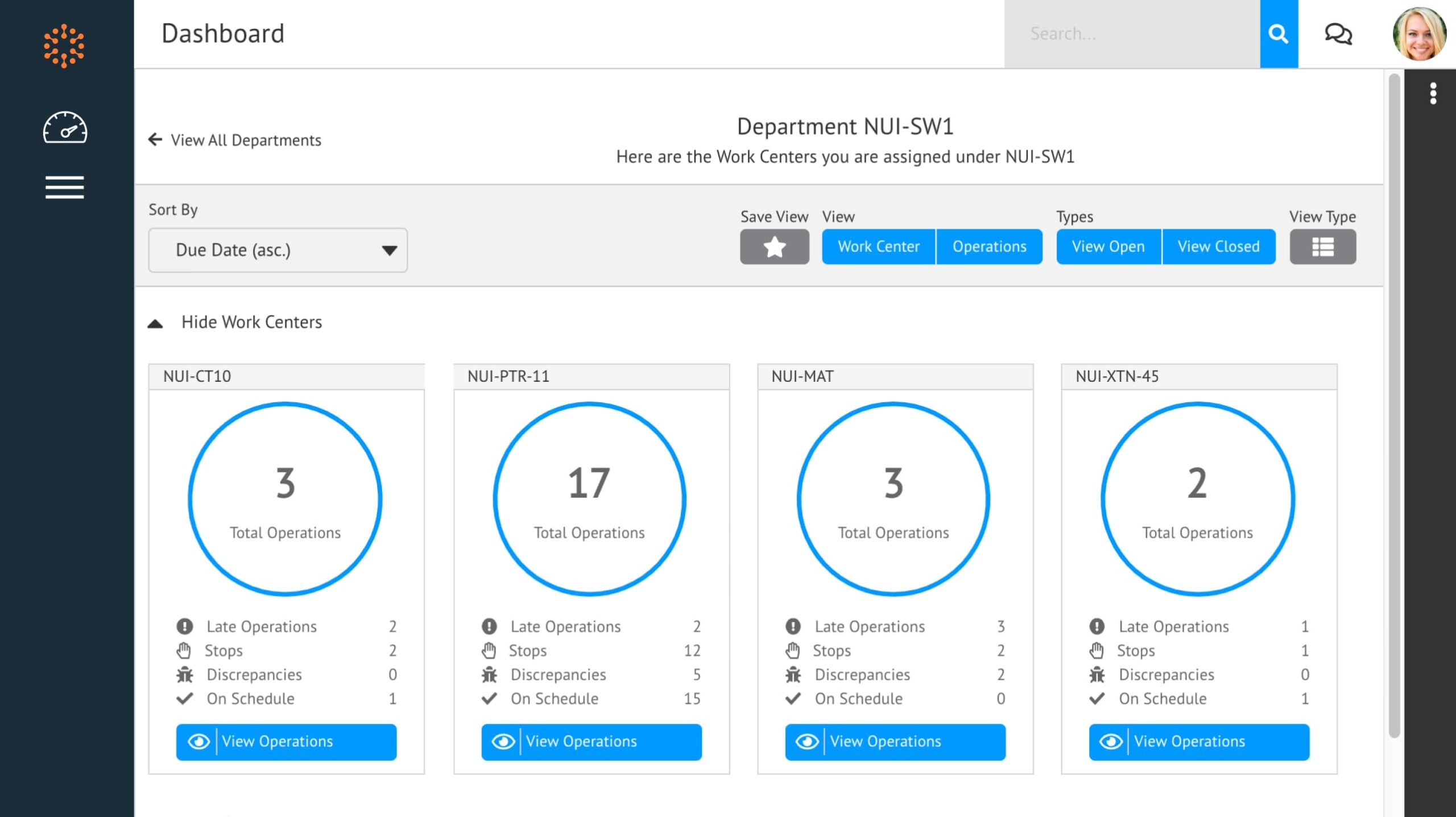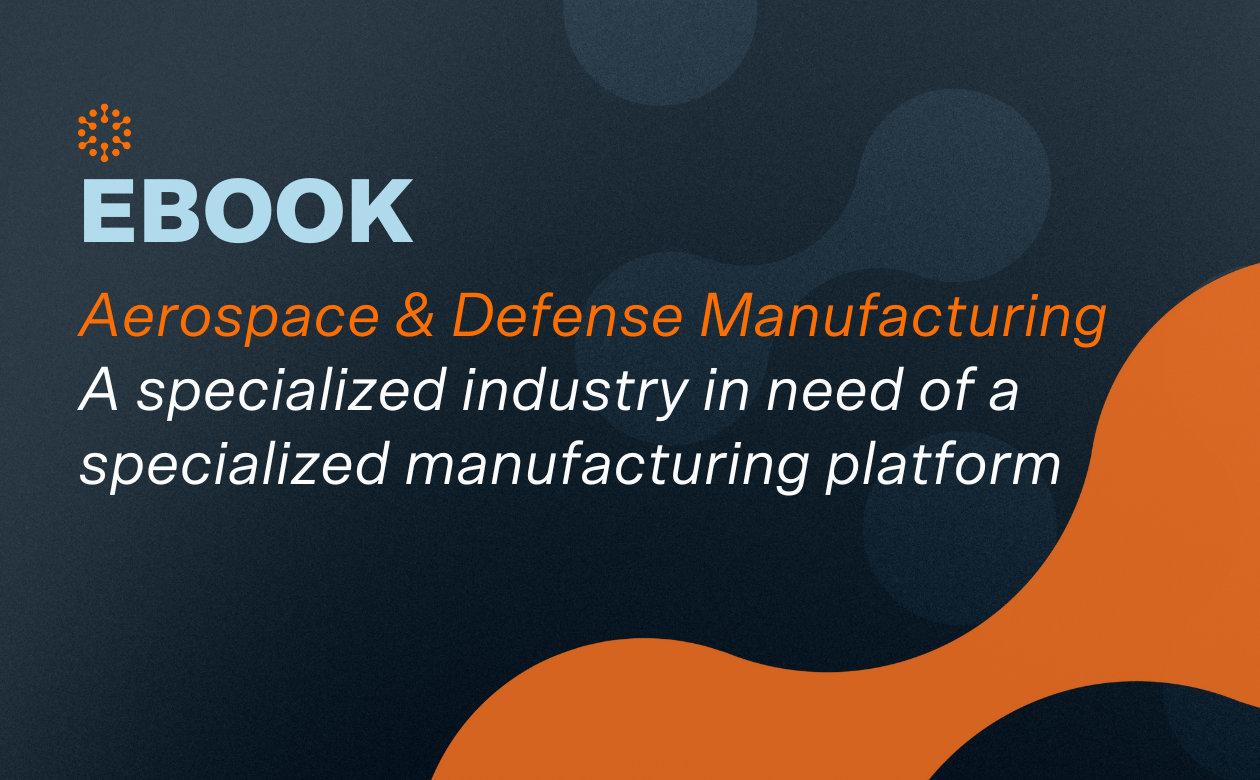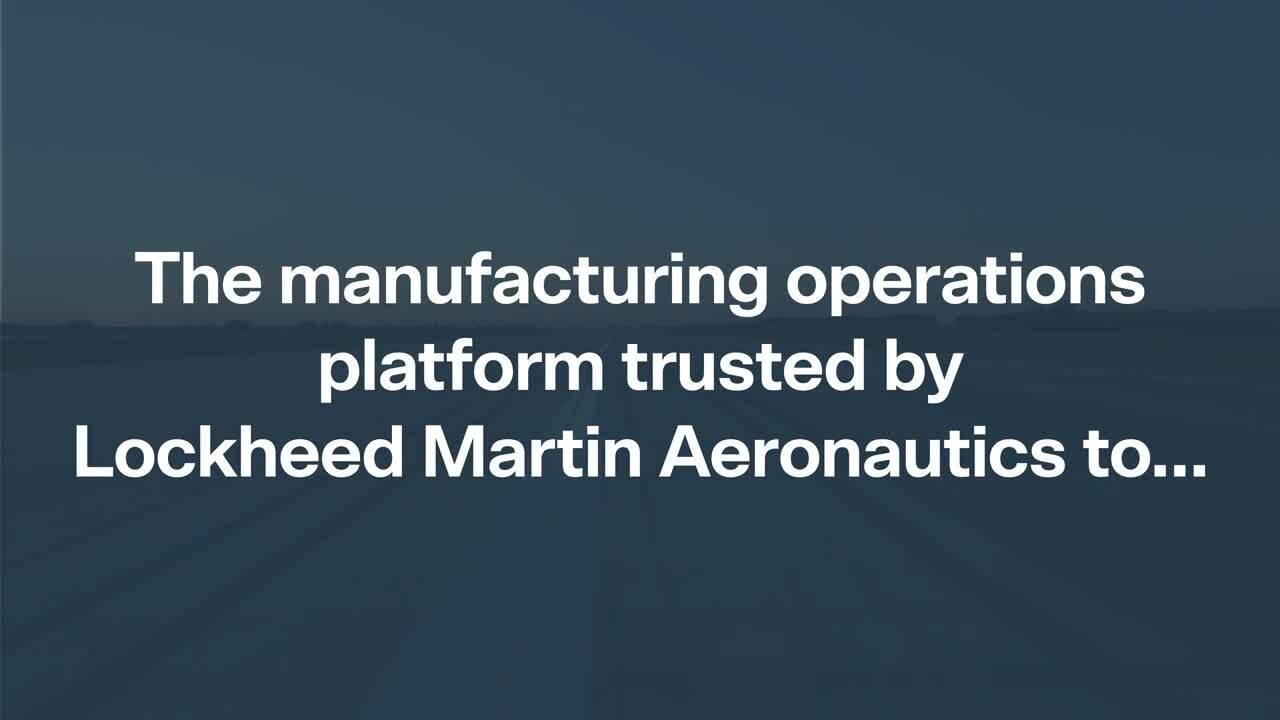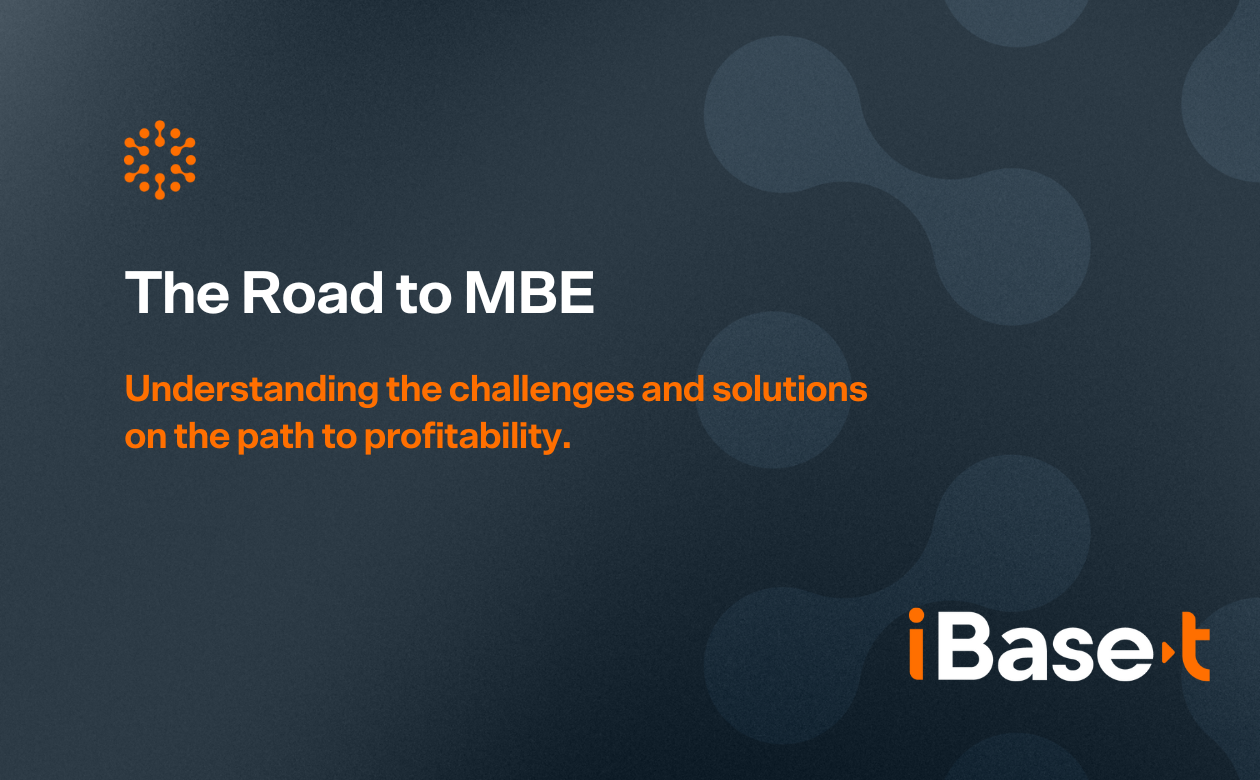Built for complex discrete manufacturing in the most demanding industries, Solumina MES software by iBase-t is designed to play a central role in your digital transformation. Part of iBase-t’s Solumina Manufacturing Operations Platform, Solumina MES helps to tightly integrate all Industry 4.0 devices and software to become a digital ecosystem of technology and a unified source of data for your enterprise
- Improved process collaboration across production, quality, and engineering workflows
- Improved operational agility
- Paperless operations and avoidance of manual processes
- Ease of reporting, tracking, and traceability of production processes and materials
- Standardized production processes and workflows
- Closed-loop quality management
Solumina MES by iBase-t
Take control of your manufacturing operations with Solumina MES.

In complex discrete manufacturing, where value chains may span multiple locations and geographies, operations can easily become siloed. Operational performance data can be difficult to track, and frequent engineering changes and version control issues add further complexity. Our manufacturing execution system was built for companies that manufacture complex products with multiple levels of sub-assemblies and frequent engineering changes.
Solumina MES clears the fog by giving visibility and control over every operational process. With a modern microservices architecture and open APIs, it can be deployed on the cloud, on-premises, or as a hybrid implementation. Pre-configured, best-in-class production process libraries and full device support accelerate time-to-value.
An MES gives enterprises real-time control for monitoring and managing all work-in-process (WIP) on the shop floor. It tracks and documents the transformation of raw materials through finished goods.
In digital enterprises, MES software connects shop-floor automation systems to the overall enterprise software network. The best solutions can tightly integrate with every other enterprise system, creating a digital ecosystem that coordinates quality management, planning, scheduling, dispatching, and production execution.
Most importantly, it connects with your entire extended enterprise, including all suppliers, contractors, and business partners.
Complex manufactured products with hundreds or thousands of components and subassemblies need MES software that functions beyond the four walls of the enterprise. Solumina does just that.


Why is a purpose-built MES critical?
This e-book looks at the challenges of A&D, why it’s different from other industries, what choices you have as a manufacturer, and why a purpose-built, A&D-ready digital manufacturing operations platform will save you time, money and valuable resources.
Solumina MES delivers results quickly. Most organizations see results within the first three months and can expect to improve outcomes in net profit margins, on-time delivery, and total cost per unit.
However, the benefits go far beyond these short-term gains. The largest benefits come from capitalizing on the visibility Solumina MES provides into manufacturing performance and capabilities across the organization and supplier network. After the initial payoff, companies should expect a lifetime of business improvements, both internally and externally.
ERP is a system of record, while MES is a system of production, and they must work together to achieve optimal resource utilization. The MES-ERP integration orchestrates work orders with resource needs so that every business process is synchronized. The collaboration of business systems also means that data entry only needs to be done one time, which streamlines production by removing repetitive processes.
By tracking planned and current production progress, the MES software ensures ERP information matches the real-time situation on the shop floor. Without an MES, ERP data can be unreliable due to manual errors or unaccounted losses. An MES brings in the information of the individual manufacturing process and design, turning ERP data into actionable information. This automates a process that is often done manually, improving both time and accuracy.
PLM contains all the design information for the product and process. Integrating PLM with MES delivers actionable data at every stage of the product life cycle. This creates a closed feedback loop between PLM requirements and variables from the shop floor during production, reducing the production of defective components.
When shop floor issues occur, PLM-MES integration allows faster isolation of the root cause, including issues in the extended supplier network. MES extends this integration out to suppliers for enhanced data exchange and communication.

Why integrating MES and PLM should be at the top of your to-do list
PLM-MES integration is one of the fundamental steps on the path to smart factories, digital threads, and the Model-based Enterprise. Once MES and PLM are tightly linked, big things can happen.

PLM-MES integration accelerates new product introduction (NPI) by evaluating process efficiency and optimizing the product process and design. It makes sense of the data created during the initial design phase, which manufacturers can then use to reduce cycle time, increase capacity, and standardize best practices. Additionally, the monitoring system helps to avoid unnecessary operations and rework to keep production processes sustainable.
Accelerating NPI is an increasing focus for many manufacturers looking to gain a competitive edge. For example, if the Pentagon is seeking contracts for production of a new aircraft, they are going to seek the best quality at the lowest price. That requires manufacturers to focus on product and process optimization. Improving NPI time-to-market helps manufacturers succeed in a competitive market.
As Industry 4.0 takes shape, complex manufacturers must keep their operations competitive and achieve quality improvements. Solumina MES helps manufacturers break down information silos between departments, allowing closed-loop quality management by bringing quality data into one central location. Manufacturers can use this data for process optimization and proactive issue prevention. A central system accessible to all is key to closing the loop.
Solumina also ensures quality by enforcing proper procedures during production, including:
- Complex process routing sequences
- Engineering changes affecting WIP
- Collection of manual data entry, verifications, and signatures
- Personnel qualifications requirements
- Equipment and tooling calibration requirements
- Documentation requirements for a complete history of every unit
- Traceability of components/assemblies installed and materials used

These industries typically deal with strict regulatory and compliance requirements, making MES software an essential technology for manufacturers seeking greater control, compliance, time-to-market, and visibility. Solumina MES manages product lifecycle execution with accurate instructions, real-time data, and manufacturing intelligence.
Solumina MES enables flexible routing optimized for order quantities and integrates non-conformance and deviation processes. It also provides serial tracking at suppliers and factories. It reduces paperwork by delivering greater accuracy, precision, and quality of online work instructions, while scaling processes across all production centers at any time, in any location.

Not all MES software is equal. Each product and vendor will create a different experience with varying levels of functionality and scalability. A given system may be more or less than is needed for the individual manufacturer.
Modular architecture addresses this issue by allowing enterprises to pick and choose their MES functionality as needed, almost as simply as adding apps to an iPhone. This ensures that companies get the most out of their MES by giving the right functionality and integration for each circumstance.
Budget Risk
Unexpected work required in implementation services
Operational Risk
Insufficient hardware, lack of training, or flawed implementation
Change Management
The rate of user adoption and productivity within the organization
Technical Risk
Configuration problems and technical debt sending a ripple effect through the implementation process
External Risk
External factors, such as company consolidations and new strategy
Many COTS users cite refined compliance in ready-made systems and lower maintenance costs as key advantages. While each option carries its own risk, the COTS approach is more predictable and involves fewer surprises. Custom solutions can seem like the best choice today for meeting exact needs but can become cumbersome and difficult to manage as the enterprise changes and evolves.
There are many factors to consider when choosing an MES implementation strategy. The strategy chosen will dictate the success of the transformation for years afterward. For manufacturers seeking to unify the vision of their enterprise and forge a path into the future of Industry 4.0, choosing the right MES and implementation partner is critical. Use our MES Software Selection Guide to help you choose the right MES and implementation strategy for your business.







